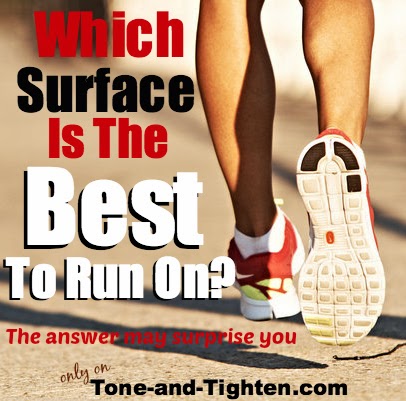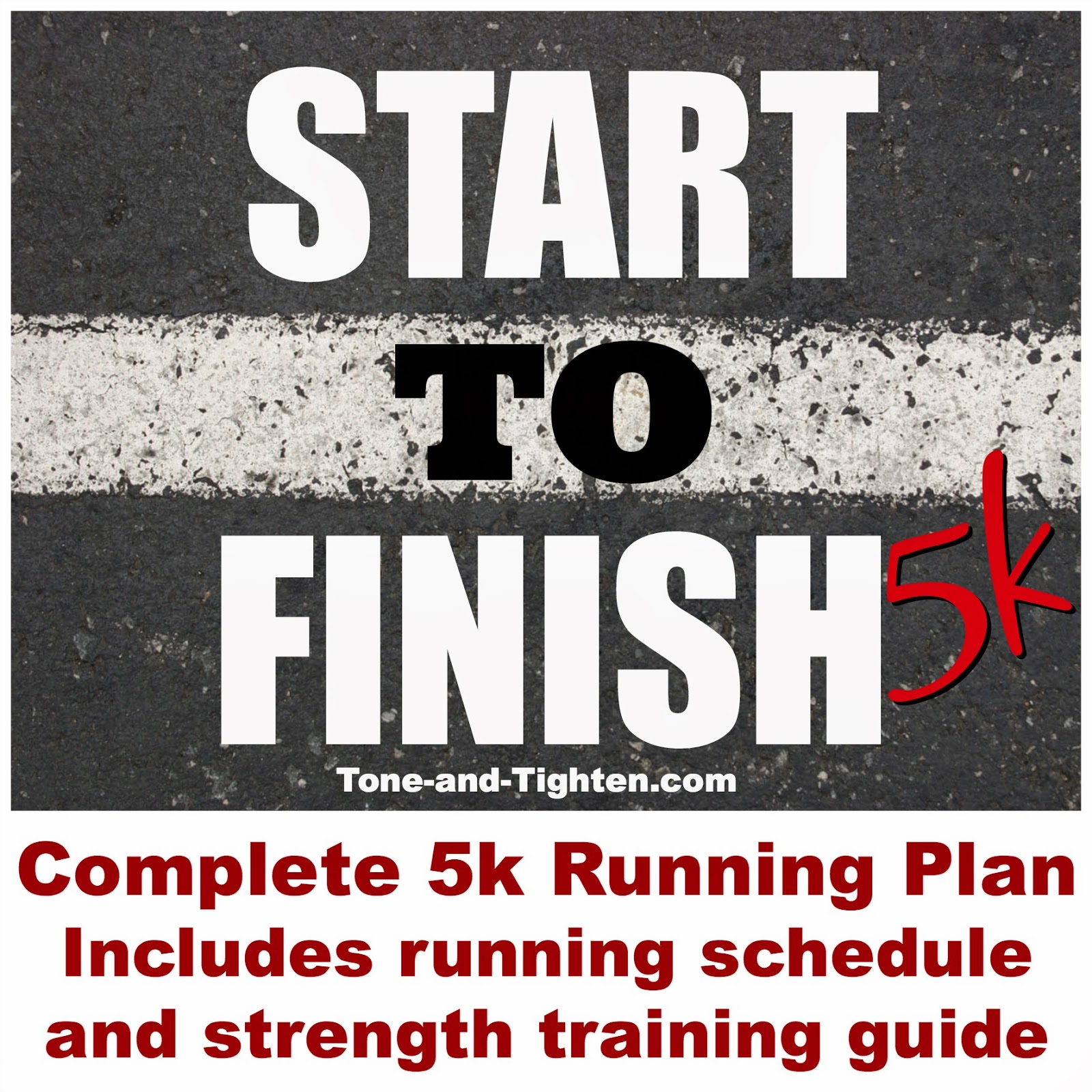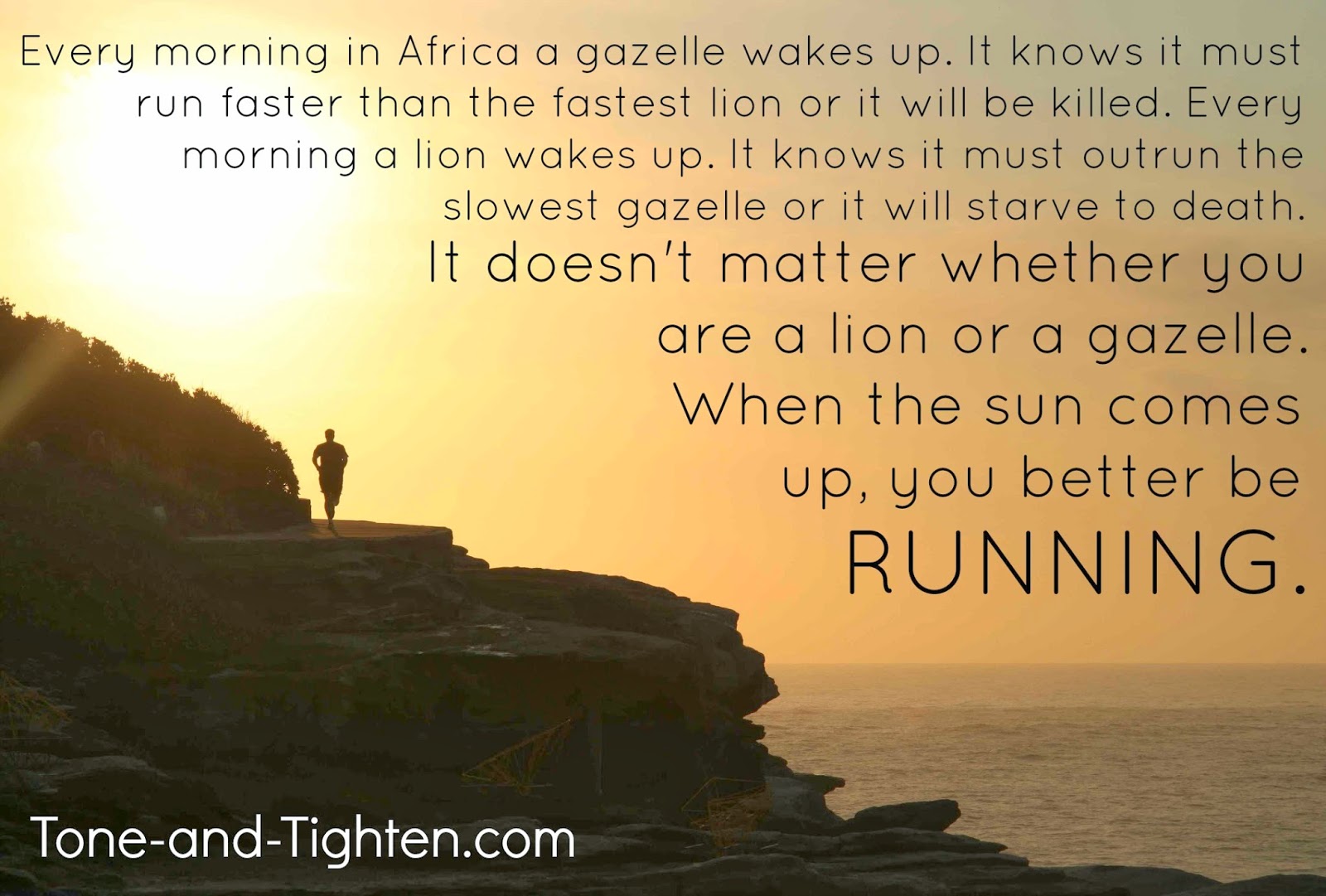As a physical therapist, I see a plethora (that’s right- a plethora) of running-related injuries. Just about everything from plantar fasciitis to hip pain has walked (or limped!) through my door at some time or another. During the course of these patients’ rehab, the question invariably comes up – “Which surface is the best to run on?” There are those who don’t dare to step off a track. Others say they can’t run on anything except for grass. Concrete, cement, dirt, asphalt, – you can really find just about everything! So which of all of these surfaces is really the best to run on? Which gives you the best shot at injury-free running? The answer may surprise you…
A recent study compared ground reaction forces among runners as they ran on three different surfaces: asphalt, acrylic, and a rubber-modified surface (like a track). While there were some subtle differences amongst the runners on these different surfaces these differences were not of meaningful significance. The authors concluded that:
- “...although certain biomechanical characteristics are believed to predispose to the occurrence of specific overuse injuries, it is not possible to identify surface conditions most likely to cause injury occurrence.” (Dixon S, Collop A, Batt M. Surface Effects On Ground Reaction Forces And Lower Extremity Kinematics In Running. Med Sci Sport Exerc. Nov 2000)
Essentially: there are aspects of running that are going to give you an injury. This study didn’t find any relation to abnormal forces on different running surfaces.
Try keeping these principles in mind during your next run – “tighten” things up a bit and see how far you can really go!
Looking for more great running advice?
Question? Comment? Concern? Funny joke? Good story? I would totally love to hear it! You can always email me at toneandtightenfitness.com
Make it happen,
Jared
To view the rest of this post, be sure to head over to www.tone-and-tighten.com.
Have a great day!
Jared






